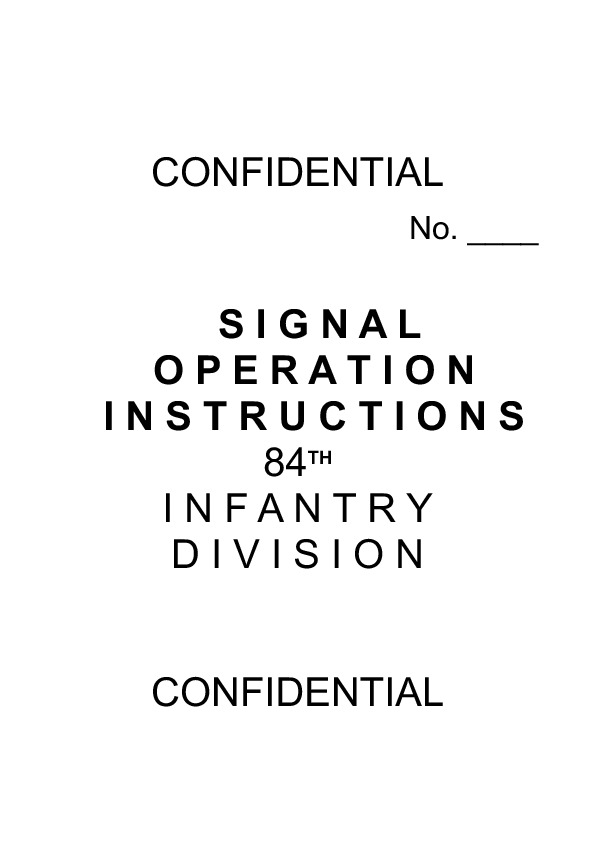

- ARMY RADIO COMMUNICATIONS HOW TO ENCODE A MESSAGE USING A CODE
- ARMY RADIO COMMUNICATIONS HOW TO ENCODE A MESSAGE USING A PROFESSIONAL
Frequency blockage can, and has, occurred for extended periods of time due to unintentional transmitter operation. Check your volume, recheck your frequency, and make sure that your microphone is not stuck in the transmit position. The controller or FSS specialist may be jotting down your number, looking for your flight plan, transmitting on a different frequency, or selecting the transmitter for your frequency.īe alert to the sounds or the lack of sounds in your receiver. When you release the button, wait a few seconds before calling again.

The microphone should be very close to your lips and after pressing the mike button, a slight pause may be necessary to be sure the first word is transmitted. Know what you want to say and if it is lengthy e.g., a flight plan or IFR position report, jot it down. If you have just changed frequencies, pause, listen, and make sure the frequency is clear. Except for a few situations where some frequency overlap occurs, if you hear someone else talking, the keying of your transmitter will be futile and you will probably jam their receivers causing them to repeat their call. Many times you can get the information you want through ATIS or by monitoring the frequency. We recommend that it be studied and reviewed from time to time to sharpen your communication skills. The Pilot/Controller Glossary is the same glossary used in FAA Order JO 7110.65, Air Traffic Control. Jargon, chatter, and “CB” slang have no place in ATC communications.
ARMY RADIO COMMUNICATIONS HOW TO ENCODE A MESSAGE USING A PROFESSIONAL
Good phraseology enhances safety and is the mark of a professional pilot. Pilots are to maintain vigilance in monitoring air traffic control radio communications frequencies for potential traffic conflicts with their aircraft especially when operating on an active runway and/or when conducting a final approach to landing.Īll pilots will find the Pilot/Controller Glossary very helpful in learning what certain words or phrases mean. Since concise phraseology may not always be adequate, use whatever words are necessary to get your message across. And you, the pilot, must know exactly what the controller wants you to do. Brevity is important, and contacts should be kept as brief as possible, but controllers must know what you want to do before they can properly carry out their control duties. It is essential, therefore, that pilots acknowledge each radio communication with ATC by using the appropriate aircraft call sign. The single, most important thought in pilot‐controller communications is understanding. Discussion herein provides basic procedures for new pilots and also highlights safe operating concepts for all pilots. The link can be a strong bond between pilot and controller or it can be broken with surprising speed and disastrous results. Radio communications are a critical link in the ATC system. FAA Form 7233−4 International Flight Plan

Aircraft Rescue and Fire Fighting Communications.National Security and Interception Procedures.Pilot/Controller Roles and Responsibilities.Operational Policy/Procedures for the Gulf of Mexico 50 NM Lateral Separation Initiative.Operational Policy/Procedures for Reduced Vertical Separation Minimum (RVSM) in the Domestic U.S., Alaska, Offshore Airspace and the San Juan FIR.Radio Communications Phraseology and Techniques.Air Navigation and Obstruction Lighting.Aeronautical Lighting and Other Airport Visual Aids.
+SAY+AGAIN+Repeat+all+of+your+last+transmission.+Followed+by+identification+data+means+repeat+-+(portion+indicated)..jpg)
Performance-Based Navigation (PBN) and Area Navigation (RNAV).
ARMY RADIO COMMUNICATIONS HOW TO ENCODE A MESSAGE USING A CODE


 0 kommentar(er)
0 kommentar(er)
